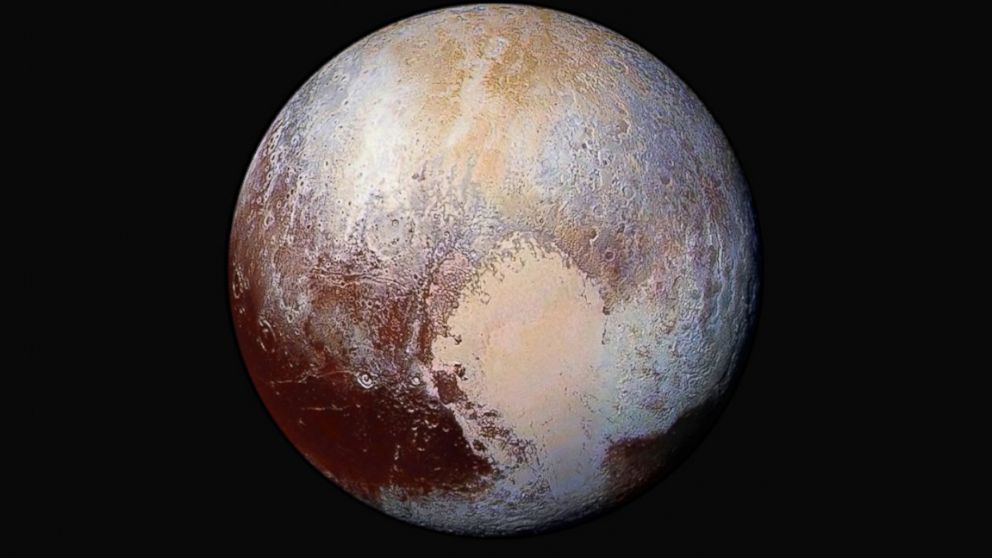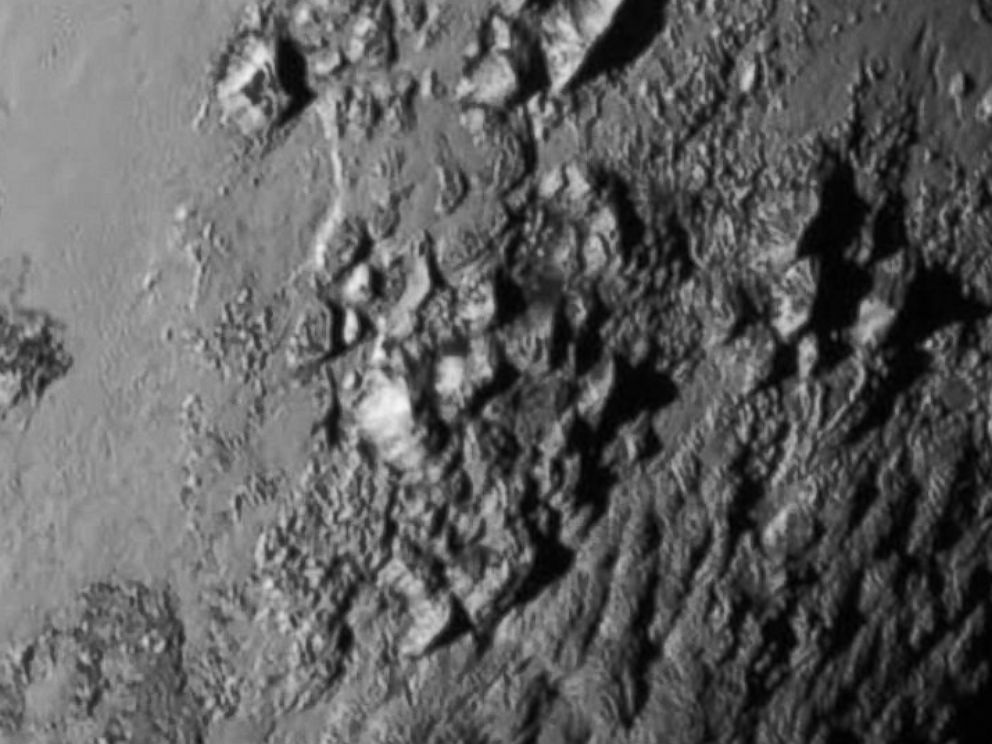New Horizons Begins Monumental Year-Long Data Dump After Pluto Flyby
How the history-making probe is sending all of its science back to Earth.

— -- As NASA's New Horizons continues on its lonely journey through deep space, it will be hard at work transmitting a trove of data and images from its Pluto encounter back to Earth.
Traveling at the speed of light, signals take 4.5 hours to travel three billion miles to reach Earth, meaning the spacecraft has an enormous undertaking ahead of it. With data downlinking at a rate of approximately 1-4 kilobits per second, it's expected the entire trove of science from the July 14 encounter will take one year to be transmitted back to Earth.
Alan Stern, New Horizons' principal investigator, said the trove of information coming back to Earth over the course of the next year will help scientists gain a better understanding of Pluto's origins and the dwarf planet's evolution.
"What's coming is not just the remaining 95 percent of the data that’s still aboard the spacecraft -- it’s the best data sets, the highest-resolution images and spectra, the most important atmospheric data sets, and more," Stern said in a statement. "It's a treasure trove."

Launched in January 2006 on a 3 billion-mile journey to Pluto, New Horizons "phoned home" after its Pluto flyby, indicating that it had successfully navigated just 7,700 miles from the dwarf planet. It later sent back the first high-resolution images of Pluto's surface.
New Horizons conserved energy by taking "naps" during the monumental trip. The spacecraft, equipped with a battery that converts radiation from decaying plutonium into electricity, may have enough power for two more decades of exploration, according to NASA.
The piano-sized probe is currently speeding through the Kuiper Belt, an area at the edge of the solar system encompassing Pluto and a vast area of tiny, icy worlds. After the intensive data transmission process, NASA is considering another flyby of a Kuiper belt object known as 2014 MU69 that orbits nearly a billion miles beyond Pluto.
New Horizons loses about a few watts of power each year, according to NASA, but is estimated to have as much as 20 years left in its life expectancy.



